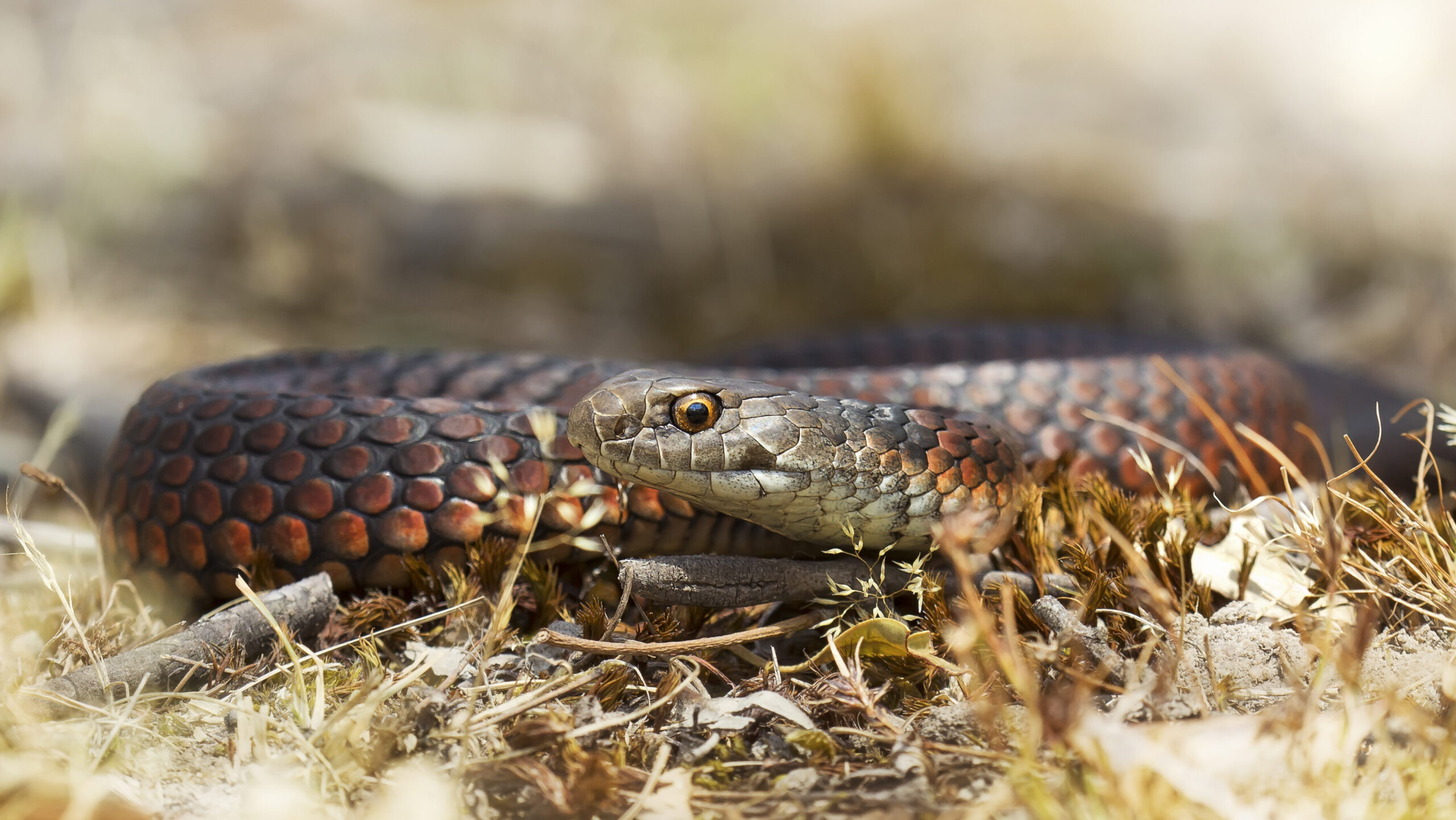Introduction
Australia is renowned for its abundant biodiversity, especially when it comes to reptiles. Among these interesting creatures, the Eastern Tiger Snake ( Notechis scutatus) sticks out as a result of its striking look and powerful poison. Found predominantly in southeastern Australia, this varieties has interested both herpetologists and laid-back viewers alike. In this detailed overview, we will look into the qualities of the Eastern Tiger Snake, explore their habitat, habits, and diet regimen, and share vital safety and security tips for any person who may experience them.
As we go across through the subtleties of the Eastern Tiger Serpent's life, we'll additionally go over important subjects such as serpent bite first aid and avoidance strategies. With snake attacks being a serious problem in Australia, furnishing on your own with expertise can suggest the difference in between security and threat. Distort up as we start this informing journey.
Exploring the Eastern Tiger Serpent: Attributes and Safety Tips
1. Introduction of the Eastern Tiger Snake
The Eastern Tiger Serpent is an extremely venomous serpent that comes from the Elapidae household. Characterized by its distinctive banding What to do if bitten by a snake pattern that appears like a tiger's red stripes, this types showcases a range of colors from olive-green to black and even brown hues.
1.1 Physical Characteristics
Tiger snakes are tool to large-sized serpents that generally get to lengths of 1.2 to 2 meters (4 to 6.5 feet). Their robust bodies are matched by a squashed head that makes them easily identifiable among other snakes.
1.2 Venom Composition
The poison of an Eastern Tiger Snake is largely neurotoxic. This implies it can influence the nervous system and result in paralysis if left unattended. Thankfully, antivenom is available in Australia for those regrettable enough to be bitten.

2. Environment of the Eastern Tiger Snake
Understanding where white lipped snake these serpents thrive can help in staying clear of encounters and appreciating their role in the ecosystem.
2.1 Natural Habitat
Eastern Tiger Snakes choose coastal regions, wetland locations, and meadows. They are frequently discovered near freshwater resources like swamps and rivers.
2.2 Geographical Distribution
This species is mostly located in southeastern Australia, including components of Tasmania where they are frequently referred to as Tasmanian tiger snakes.
3. Actions Patterns
3.1 Diurnal vs Nighttime Activity
While some tiger serpents might show nighttime behavior during warmer months, they are mainly diurnal animals that quest during daytime hours.
3.2 Protective Mechanisms
When intimidated, tiger serpents may display aggressive actions by curling back or hissing noisally before striking if prompted further.
4. Diet of the Eastern Tiger Snake
Tiger snakes have a varied diet plan largely consisting of little creatures, birds, amphibians, and other reptiles.
4.1 Searching Techniques
They utilize ambush strategies paired with quick strikes to record unsuspecting prey-- a remarkable task offered their size!
5. Are Tiger Snakes Venomous? Recognizing Their Risk Level
Yes! The eastern tiger snake is without a doubt venomous; nonetheless, not all attacks lead to envenomation (the shot of venom). Awareness concerning their threat degree is crucial for any individual that frequents their habitat.

6. Emergency Treatment for Snake Bites: A Critical Skillset
If someone is attacked by a tiger serpent or any kind of other varieties:
- Remain tranquility; panic worsens symptoms. Call emergency services immediately. Apply a stress plaster above the bite site.
Knowing just how to respond promptly can conserve lives!
7. Typical Misconceptions About Tiger Snakes Debunked
Misunderstandings about tiger snakes abound-- allow's resolve some usual myths:
- Myth: All serpents are aggressive. Fact: Several snake types favor evasion over confrontation. Myth: A dry bite implies no danger. Fact: Constantly look for medical focus no matter symptoms!
8. Safety Precautions When Running Into Snakes
Awareness is your finest protection against unwanted encounters with tiger snakes:
- Stay vigilant while hiking or walking through known habitats. Avoid high turf where presence may be limited. Wear appropriate footwear when discovering natural areas.
9. What To Do If You Encounter an Eastern Tiger Snake?
Stay calmness! Gradually pull back without making sudden movements-- it's crucial not to prompt the pet further.
10. Child Tiger Snakes: The Children' Journey
Juvenile tigers typically show various coloration than adults but keep similar patterns that offer camouflage against killers and environmental threats.
10.1 Developing Stages
These child serpents emerge after concerning 2 months' pregnancy from eggs laid by females-- a remarkable transition right into independence!
11. The Role of Conservation in Protecting Snake Species
With metropolitan development encroaching upon natural habitats, preservation efforts are crucial for preserving healthy populations of eastern tiger serpents-- and all wildlife!
Frequently Asked Questions
FAQ 1: Are all tiger snakes deadly?
While eastern tiger snakes have potent venom efficient in triggering extreme injury or death if neglected, not every encounter leads to a bite or envenomation.
FAQ 2: How can I recognize an eastern tiger snake?
Look for distinct red stripe patterns incorporated with coloration ranging from olive-green to black; they additionally have flat heads characteristic of elapids!
FAQ 3: What ought to I consist of in my snake bite first aid kit?
Essential products include pressure bandages, sterilized gauze pads for wound treatment, disinfectant wipes/solutions like alcohol swabs together with emergency call numbers!
FAQ 4: How often do tiger snakes breed?
Typically reproducing happens throughout spring when temperatures climb-- females may lay in between 20-30 eggs per clutch relying on environmental conditions!
FAQ 5: What makes Tasmania's tiger snake unique?
Tasmanian tigers often tend toward larger sizes contrasted to mainland counterparts; their shade variations range commonly across various geographical places too!

FAQ 6: Can you safely relocate a serpent located on your property?
It's a good idea not to try self-relocation as inappropriate handling might provoke them-- get in touch with regional wildlife authorities instead for assistance!
Conclusion
In summary, exploring the eastern tiger serpent reveals much regarding among Australia's many fascinating reptiles-- from its striking physical attributes to its vital duty within ecosystems along with prevalent security considerations concerning potential experiences with humans! Recognition concerning this types promotes respect while making certain risk-free experiences should one cross paths with these amazing creatures out in nature-- due to the fact that knowledge https://canvas.instructure.com/eportfolios/3243039/kylerysyu556/dealing-with-a-tiger-serpent-bite-necessary-first-aid-idea absolutely equips us all!